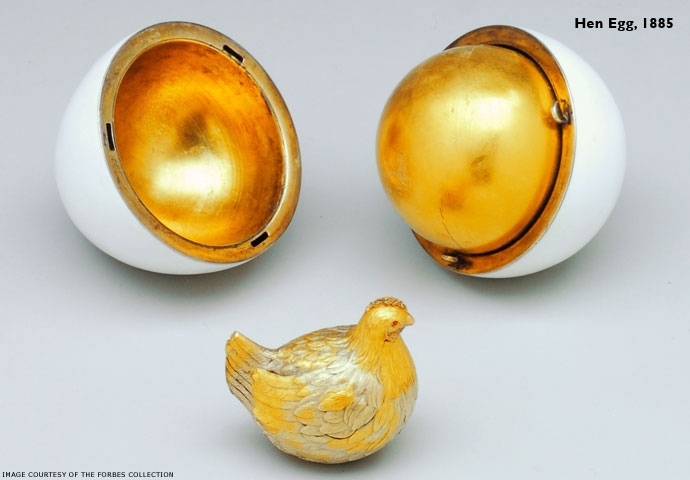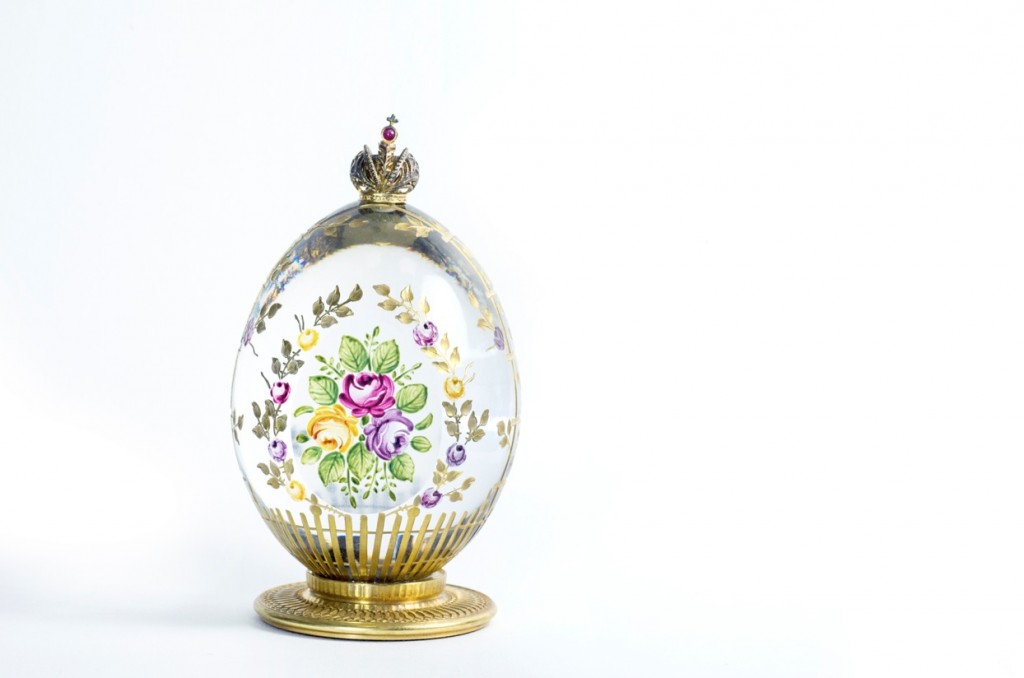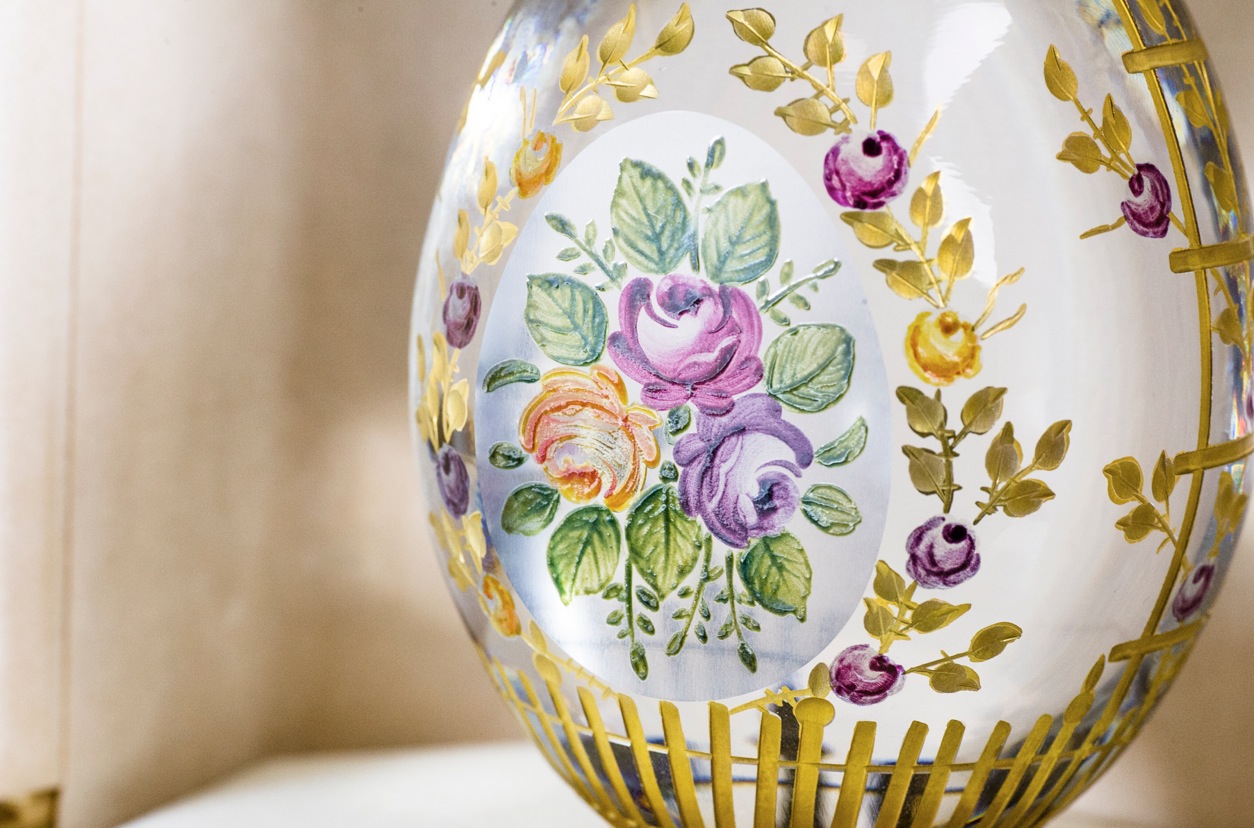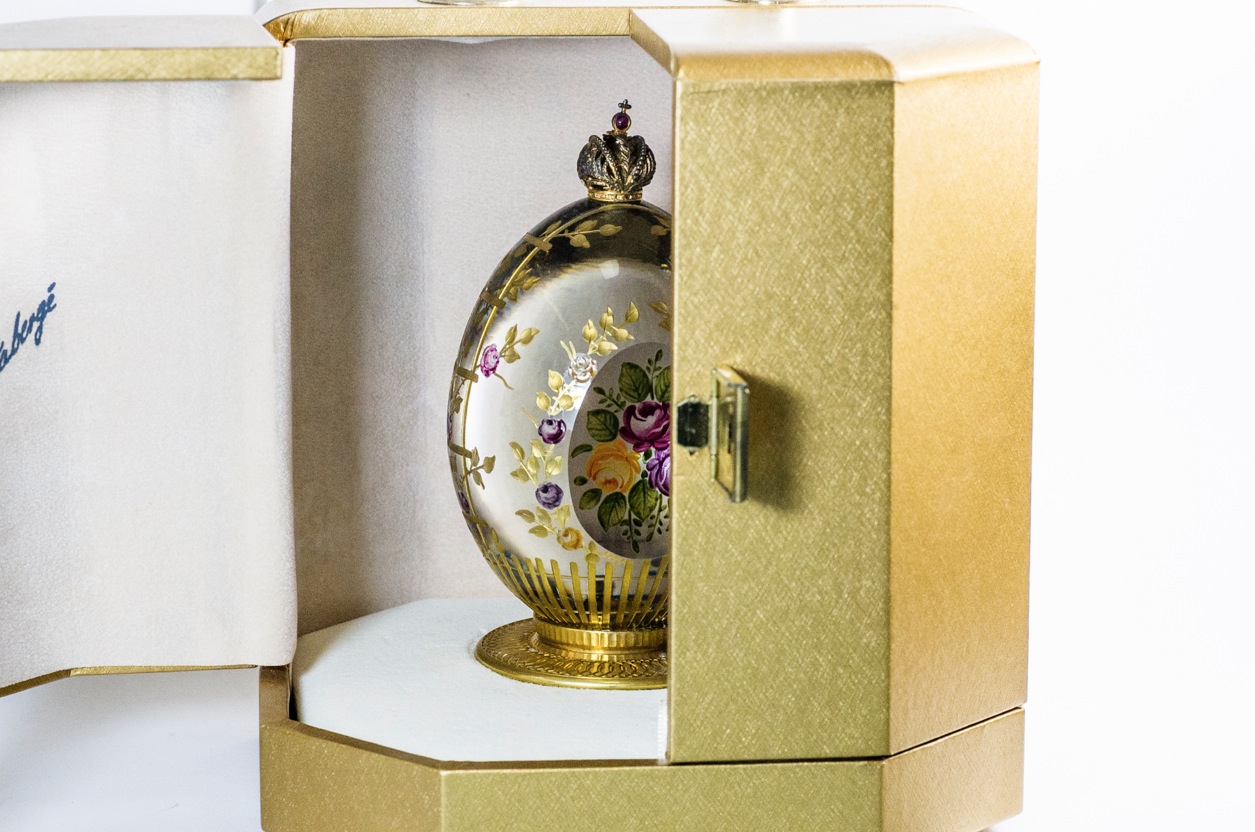It’s more than just a colorful Easter egg.
For nearly 130 years, the world has been mesmerized by the beauty and history hidden behind the famed Fabergé egg. Often dressed in gold and adorned with diamonds and gemstones, Fabergé eggs have become an artistic icon to Russian culture and a symbol of the imperial Romanav family.
First commissioned for design in 1885 by the Russian Emperor Czar Alexander III, Peter Carl Fabergé created what appeared to be merely a gold egg for the Empress Maria Fedorovna as an Easter gift from her husband. The opaque white-enameled egg, now known as the Hen Egg, when opened revealed a golden yolk encasing a golden hen, which concealed a miniature model of the royal crown and a small ruby egg.
Maria was so intrigued and delighted by the gift that the emperor ordered Fabergé to construct a new egg every Easter, becoming an annual tradition when his son Nicholas II ascended the throne. All in all, 50 Fabergé eggs were created for the Romanav family until the monarchy was overthrown in 1917. Though several eggs may be found on display in museums or are currently in possession of wealthy history enthusiasts, such as the Queen of England, the whereabouts of only 42 Imperial eggs are known.
While the House of Fabergé disintegrated alongside the monarchy during the revolution, leaving Peter Fabergé and his family in exile, the Fabergé company was recently reborn in 2009. Though all decorative eggs are often accredited to Fabergé, it is only a true Fabergé egg if it is an authorized reproduction of the Imperial eggs or if made by the esteemed Fabergé company.
Over the years, replicas and other beautifully adorned Fabergé eggs have become collector’s items and beloved pieces of art. This genuine, delicately hand-painted Fabergé egg with painted flower embellishments, hatched from a golden carrying case, is currently housed in our San Diego Leo Hamel showroom. Relive the history and decadence of the Russian Romanav family by owning this fascinating collector’s piece.









